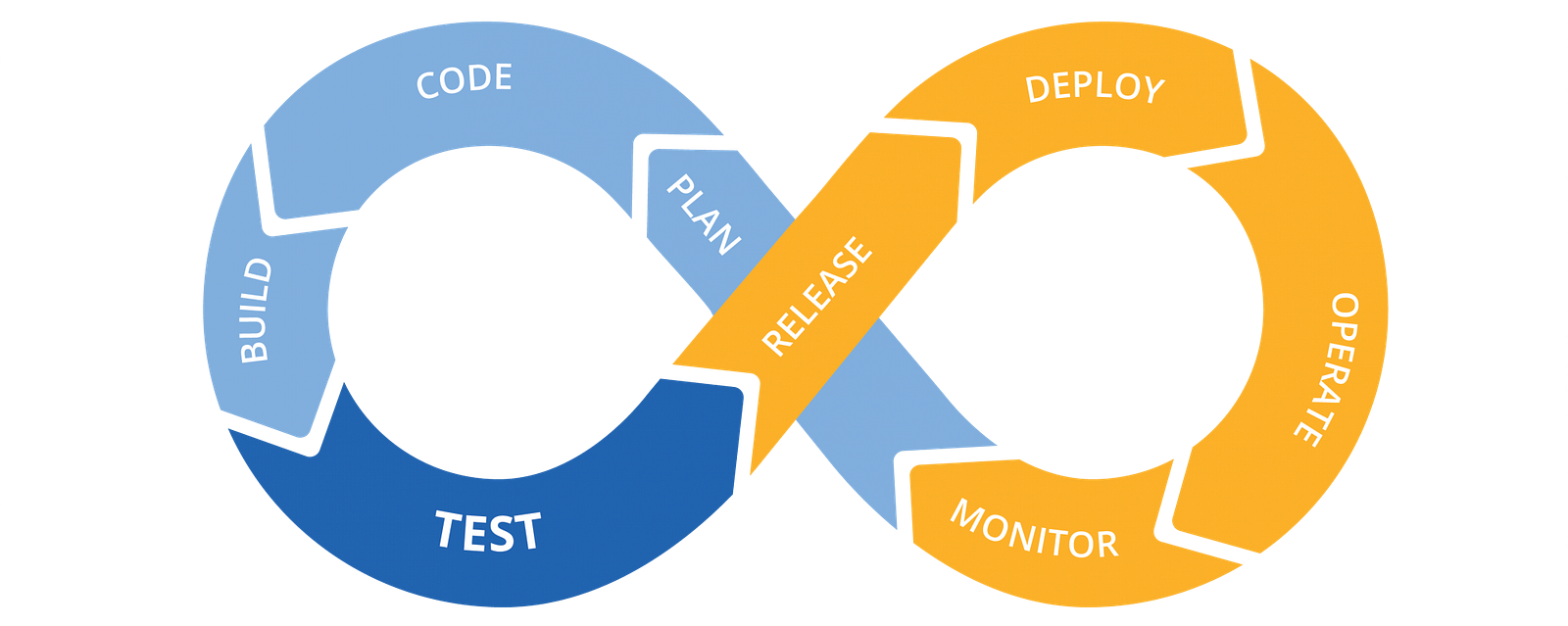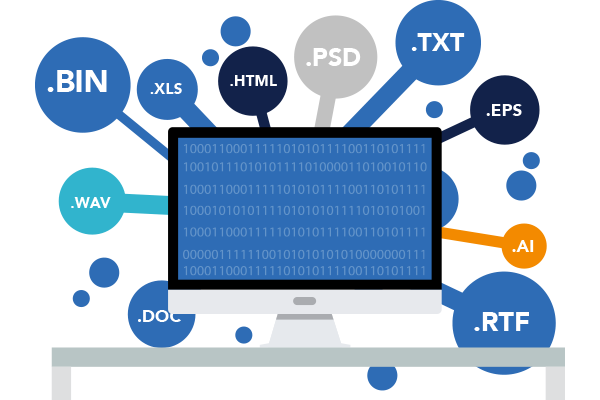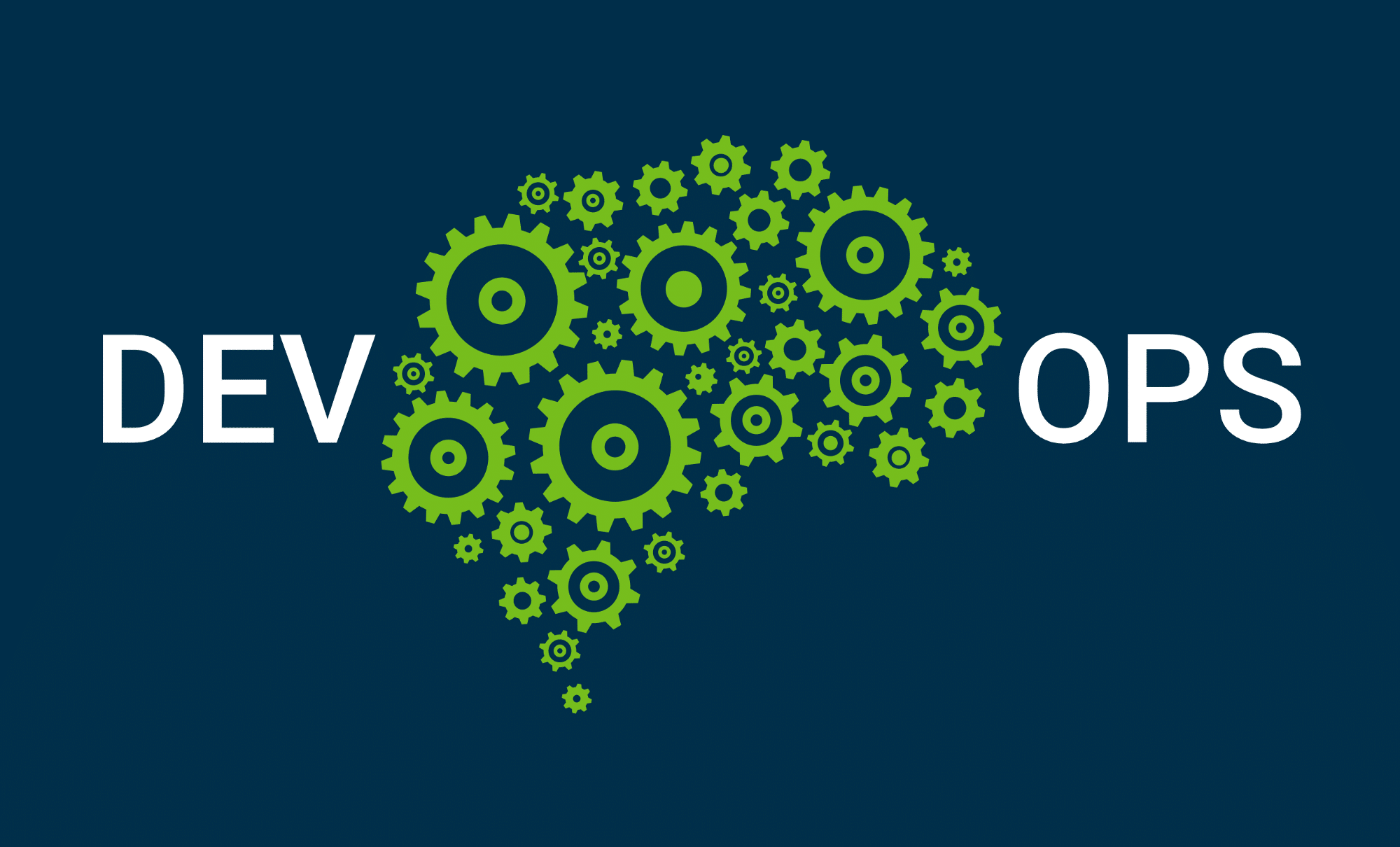The concept of DevOps is increasingly becoming popular in the technological sphere. Basically, it is the process which aims at the unification of development and operations to allow a custom software development company to deliver high-quality solutions faster.
But DevOps is much more than merely purchasing a new set of tools. It’s all about undergoing a true cultural transformation. However, to be successful with DevOps, you need to invest some money in acquiring a few new software such as log data management These tools help the DevOps teams to bend their processes in such a way so their organizations succeed. Let’s explore these tools one at a time.
1. Containerization And Container Orchestration
Containerization is a type of virtualization strategy where an app gets packages together with all of its dependencies. It is done to enhance the app portability. These containers are helpful to the programmers as it becomes much easier for them to deploy apps or to move them from one cloud computing to another or from the development and testing environment to production.
It has been found out from a report produced by Dora that, 36% of DevOps teams surveyed were using this strategy in development, and 31% were using this in production. Also, containers are believed to make it easier to build and deploy apps more quickly and consistently with lower costs.
The lifecycle of these containers is managed with the help of a technique called container orchestration. Docker is known to be the most popular platform for managing containers. There are some other container tools available in the market such as CoreOS, Kubernetes, Mesosphere DC/OS, Rancher, etc.
2. Continuous Integration (CI)/ Continuous Delivery (CD)
CI and CD are the two core elements of the DevOps approach. CI means that the developers keep uploading their code into the mainline and then checking every build for potential glitches. It is extremely helpful in identifying bugs and fixing them early in the development process. Also, it enhances the overall code quality.

CD is also known as continuous deployment which means that the code gets automatically released as soon as it passes the testing stage. Some of the most well-known CI/CD tools for efficiently managing the software development pipeline are BitBucket, JFrog, Jenkins, Bamboo, GitLab, etc.
3. Configuration Management
The sole motive of these tools is to automate the entire process of deploying, tracking, and dealing with changes to an organization’s servers. According to the Puppet’s 2018 DevOps Report, 53% of expert DevOps teams use configuration management tools. Along with Puppet, some other such tools are Ansible, CFEngine, Chef, etc.
4. Build Automation
Tools like the Duplocloud platform are essential assets for continuous integration used by the developers to compile their code and it. Usually, these tools let programmers run an automatic build to test the code which they have submitted to the main branch of their source code repository.
The majority of the CI/CD servers has their own build automation capabilities, but there are some exclusive build automation tools available. A few of these are Cake, Ant, Grunt, Maven, etc.
5. Source Code Management
A source code management system is also known as version control or revision control software which acts as a repository for the code that the developers are writing or editing currently. These tools are extremely essential for effective collaboration and continuous integration.

Organizations can either choose to host their own repositories or opt a hosted service. One of the most widely used source code management systems is Git, which is used by two hosting services GitLab and GitHub. Some of the other well-known source code management systems are services are Mercurial, IBM Rational ClearCase, Subversion, etc.
6. Seamless Monitoring
These tools are most commonly used by operations teams so that to keep the performance of hardware and apps in check. These tools help DevOps teams achieve continuous delivery and be a part of elite performing groups. Monitoring tools include Kubernetes Monitoring, Big Panda, App Dynamics, PagerDuty, Prometheus, etc.
7. Effectual Collaboration
These tools let remote DevOps teams collaborate with each other efficiently. Collaboration tools are power-packed with features such as messaging/chat, scheduling, project tracking, work sharing, etc. Also, some collaboration tools offer specific features specially built to suit agile development or DevOps environments. A few of the most popular collaboration tools are Basecamp, JIRA, Slack, Microsoft Teams, Confluence, etc.
8. Comprehensive Testing Framework
Continuous testing is also an integral part of the DevOps approach which refers to the practice of automating software tests in order to facilitate smooth app delivery. It depends on the DevOps teams to use CI/CD solutions with integrated testing capabilities, testing automation platforms, or test management solutions. Sauce Labs, Selenium, Zephyr, Tricentis Tosca are a few of the most popular DevOps testing tools.
9. DevSec Ops
This approach is increasingly becoming popular among organizations who have already adopted DevOps. It gives emphasis to the cooperation among operations, development, and cybersecurity team. The chief purpose of this approach is to make everyone in the organization equally accountable for security.
DevSec Ops approach is especially popular among high-performing teams and is crucial to modern app architecture. Some of the top DevSec Ops tools are Evident, Aqua, CodeAI, SumoLogic, etc.
These nine DevOps tools are helpful in getting new apps to market quickly and enhance the level of their quality and security. This approach depends on automation to make software development much more responsive and efficient for clients by successfully applying the principles of agile and lean development.













Leave a Reply